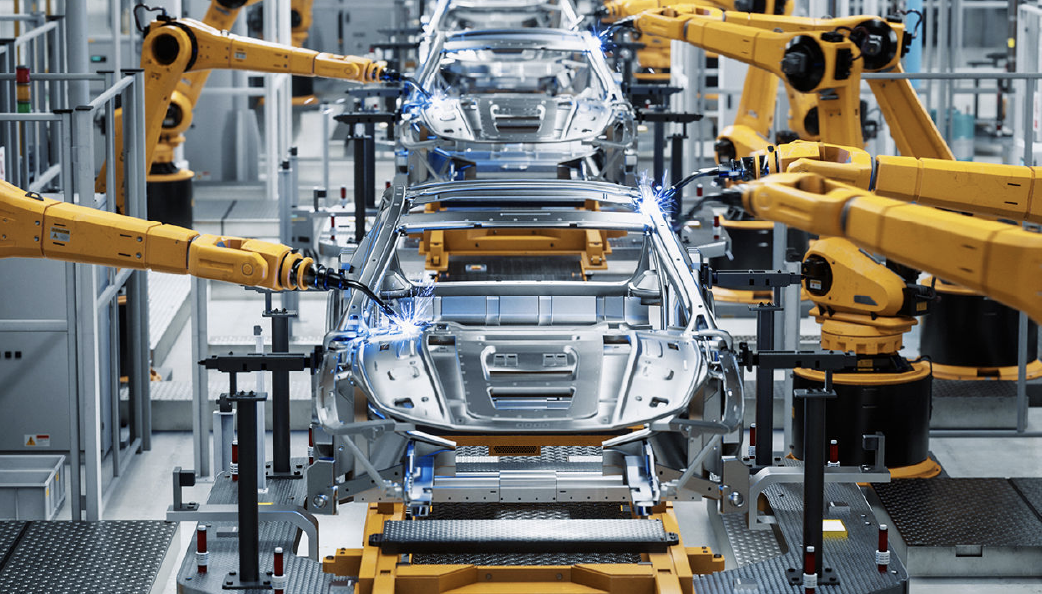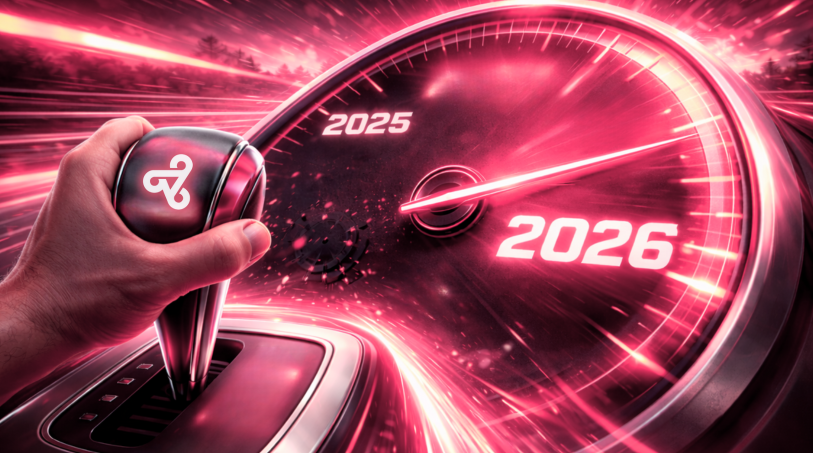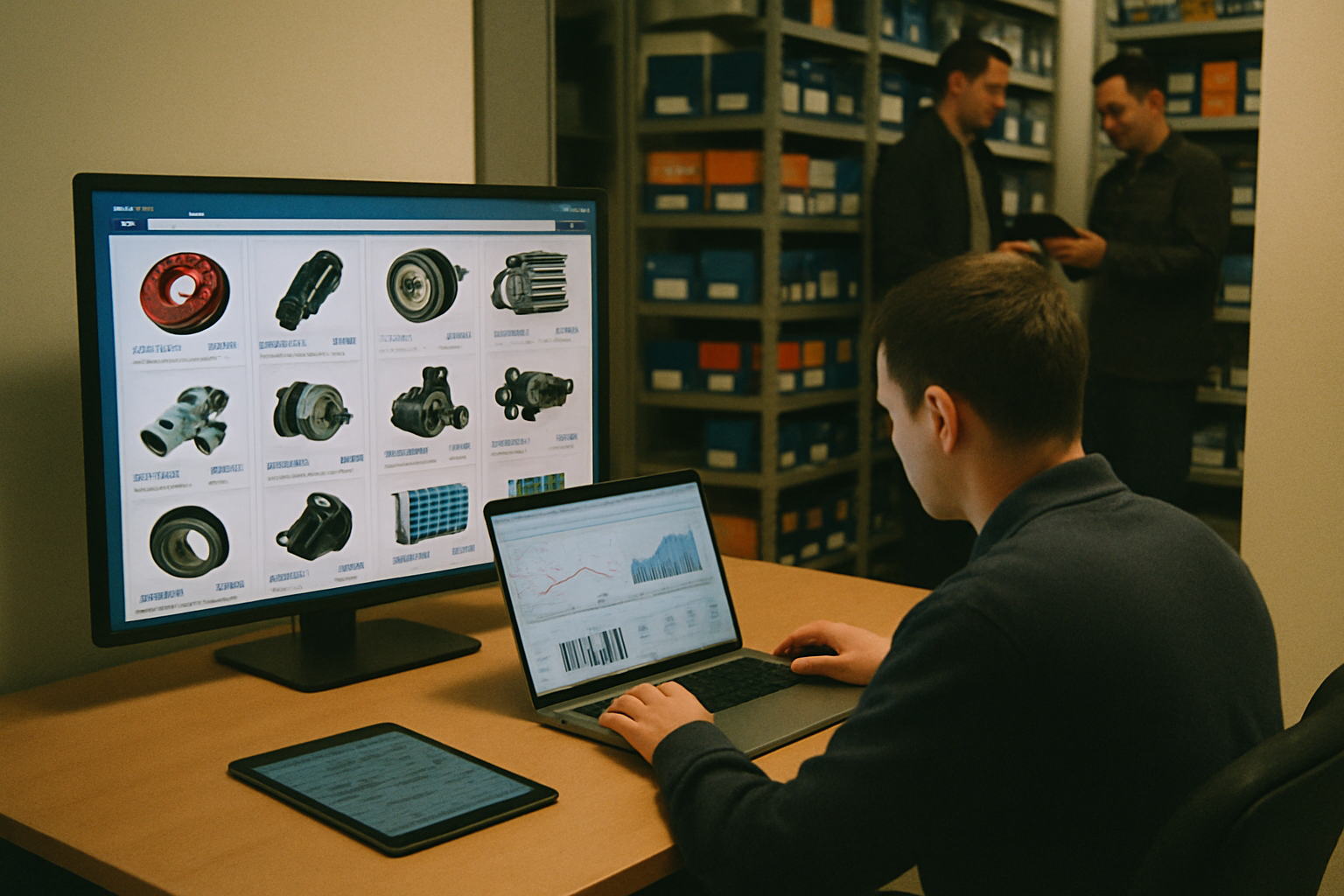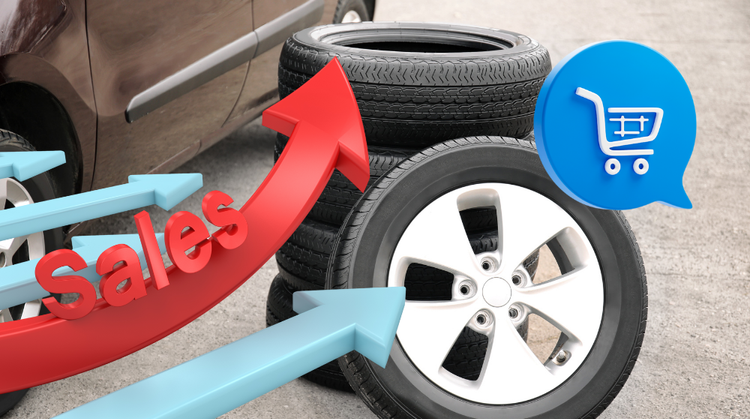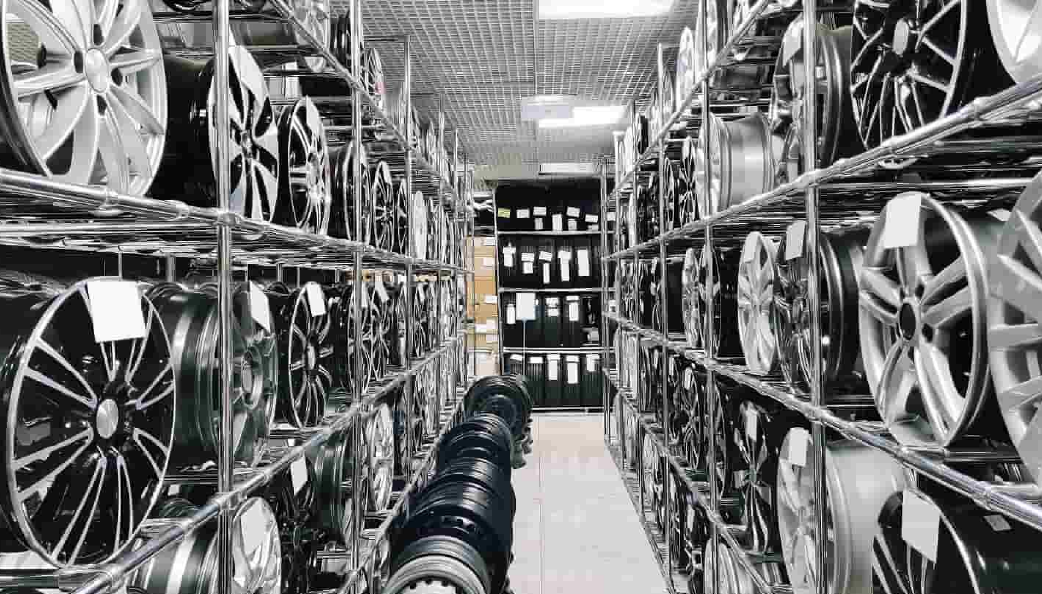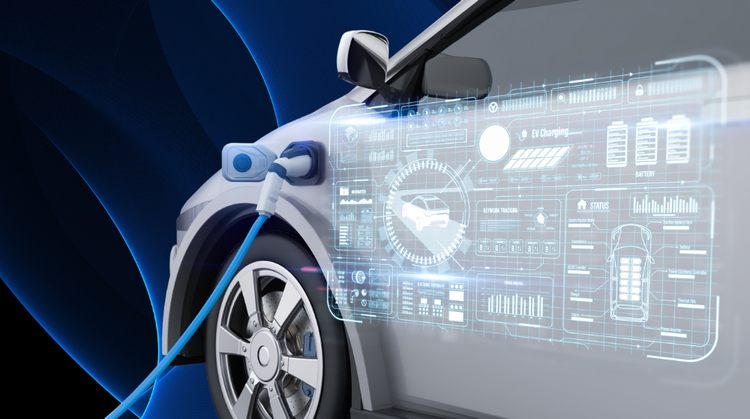The auto parts market is in transition, demanding more than traditional strategies. With the advance of electric vehicles, shifts in consumer behavior, and new business models, the aftermarket now requires continuous innovation to keep pace with change.
Projections are optimistic. A McKinsey & Company study estimates that Brazil’s aftermarket sector could reach USD 25 billion by 2040 — nearly double its current USD 13 billion. This growth will be driven by factors such as fleet aging and the increasing complexity of modern vehicles, which include sensors, driver-assist systems, and embedded technologies that require more specialized repairs.
According to the consultancy, the number of vehicles on the road will continue to grow, with around 2 million new units added each year. Additionally, the average age of cars is increasing, which naturally drives up maintenance demand. For combustion vehicles, the average age is 12.8 years, while EVs — still relatively new — average around 5.6 years.
EVs are also changing the logic of the aftermarket. Although they can cost up to 40% less in parts, servicing is more complex and expensive due to high-voltage batteries, software systems, and the need for highly trained technicians.
Another key insight from McKinsey’s report is that by 2040, more than half of all new car sales in Brazil will be electric. These EVs will account for around 21% of the national fleet — a significant share, though combustion vehicles will still dominate the aftermarket landscape.
Among the components with the highest growth potential are tires, with projected sales growth of up to 150%, driven by newer vehicle designs requiring larger, wider, and reinforced tires — especially for EVs.
Digitalization paves the way for new opportunities
As vehicles become more complex, digitalization is unlocking opportunities across the aftermarket ecosystem. E-commerce is already a reality in markets like the U.S., where Amazon surpassed USD 10 billion in auto parts sales in 2020. In Brazil, online tire sales are expected to reach 20% of total aftermarket revenue by 2027.
Digital platforms also enable new business models. On-demand automotive services — such as diagnostics, scheduling, and parts replacement — are gaining traction in the U.S., with 60% of consumers aged 25–44 showing strong interest, according to McKinsey.
Parts manufacturers and automakers are also investing in digital customer experiences through apps that offer service scheduling, fuel-level monitoring, and vehicle climate control tracking.
How companies are innovating in the aftermarket
The transformation of the sector is visible in several areas:
-
Digital sales channels: Businesses are launching their own online stores or partnering with marketplaces, expanding reach and automating tasks like pricing and inventory management.
-
Data-driven decisions: With advanced analytics, distributors can spot regional trends, forecast demand, and set prices based on perceived customer value.
-
Loyalty models: Subscription programs and personalized benefits are gaining traction to keep customers engaged.
-
Service diversification: Companies are branching into parts financing, technical training for repair shops, and integrated product-service offerings to meet the needs of a more demanding and connected customer base.
Time to act
Whether aiming to lead the transformation or taking a more cautious approach, the message is clear: there’s no room for inertia. With digitalization accelerating and the aftermarket expanding, those who fail to adapt risk being left behind.

